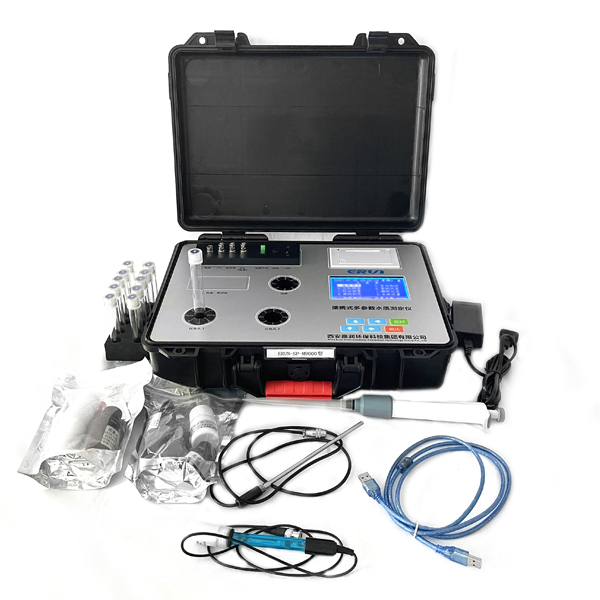Interference problems in the water quality analysis method
In the analysis of water pollution, the composition of water samples is extremely complex and often interferes with the measurement. However, due to the complex composition of water samples (industrial wastewater) from different sources, there will be unexpected interference. Therefore, analysts should have timely insight into the effect of unknown interfering ions on the assay and try to exclude them. Some interference ions can be weakened by dilution method, such as after dilution, the result is increased or decreased, also indicating an interference effect. What is the interference problem in the water quality analysis method? Why does the interference effect make the results high or low? The reasons are as follows:
(1) When the interfering substance has the same reaction with the tested substance, the result is high, if the presence of bromine can be titrated at the same time with chlorine.
(2) When the interfering substance is directly combined with the tested substance, the result can be low, such as chloride in the presence of concentrated sulfuric acid and the nitric acid, so that the nitric acid result is low.
(3) When the interfering substance is combined with the indicator and the chromogenic agent, it replaces or suppresses the binding of the tested substance, so that the tested substance does not react. Such as free package can make the organic reagent color fade, change or disappear. Moreover, the light transmittance is weakened due to the interference of the turbidity. Two or three substances exist at the same time, occasionally enhanced or weakened.

In the water quality analysis methods, the methods to eliminate or reduce the interference are:
(1) Using physical methods to separate the interfering substances. Such as distillation method can be steamed according to nitrogen, cyanide, phenol, hydrogen, and the disturbance substance in the water. Chloride can be converted into silver chloride precipitation, and is separated from nitrate after filtration. In addition, the ion exchange method, the ventilation method can also eliminate the interference.
(2) Adjust the PH value to the range of the reaction of the measured substance. If disulfide can be complexed with more than twenty metal ions, if the pH value is adjusted, some of them can be apple respectively.
(3) Add the complexing agent for masking. Such as the hardness of water, the interference to copper can be added with cyanide complex asking.
(4) Methods of extraction and reverse extraction with organic solvents.
(5) Comprehensive use of the above methods. As phenol, distillation and separate in alkalinity (pH below 4.0) to eliminate amine interference and extract colorimetrically. When extracting zinc with disulphide, sodium hydrophobic sulfate was added to prevent interference of metal ions into the organic solvent layer.
(6) When the above treatment method cannot eliminate the interference, the method of compensation may be adopted, such as setting the value, adding the control, and finding the interference curve, etc.
The above is the interference problem in the water quality analysis method. If you need to know the detailed information of the instrument, you can directly contact the customer service. The customer service team of Erun environmental protection will serve you at any time.